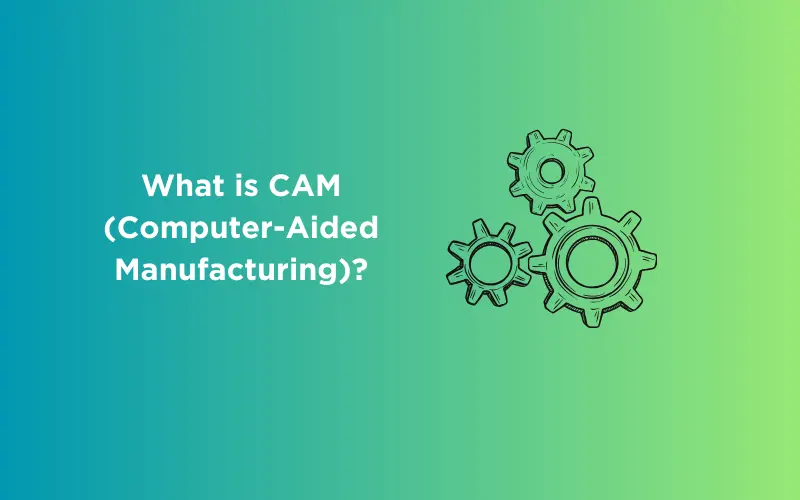CAM

CAM stands for Computer-Aided Manufacturing. It refers to the use of computer software and automation technology to control and manage manufacturing processes. CAM software enables manufacturers to generate toolpaths, control machine tools, and automate production operations to manufacture parts and components efficiently and accurately.
Key features and capabilities of CAM software include:
Toolpath Generation: CAM software generates toolpaths, which are precise instructions that guide the movement of cutting tools and machinery during the manufacturing process. Toolpaths are generated based on the geometry of the part, machining operations, tooling parameters, and other factors.
Machining Simulation: CAM software provides simulation tools to visualize and simulate the machining process before actual production begins. This helps identify potential issues, such as collisions, tool interference, and material removal errors, and optimize machining parameters accordingly.
Multi-Axis Machining: CAM software supports multi-axis machining, allowing manufacturers to perform complex machining operations on parts with curved surfaces, contours, and intricate geometries. Multi-axis machining capabilities include 3-axis, 4-axis, 5-axis, and 6-axis machining.
Optimization and Efficiency: CAM software optimizes machining processes to improve efficiency, reduce cycle times, minimize material waste, and maximize tool life. It provides tools for optimizing cutting speeds, feed rates, toolpaths, and tool changes to achieve optimal machining results.
Integration with CAD: CAM software seamlessly integrates with Computer-Aided Design (CAD) software, allowing designers to transfer 3D models and geometric data directly to CAM for manufacturing preparation. This ensures consistency between design and manufacturing and streamlines the workflow from design to production.
Post-Processing: CAM software generates machine-specific code, such as G-code or CNC (Computer Numerical Control) programs, to control machine tools and equipment. It performs post-processing tasks to convert toolpaths into machine-readable instructions compatible with CNC machines, robots, and other manufacturing equipment.
Automation and Workflow Management: CAM software automates repetitive tasks and streamlines manufacturing workflows to increase productivity and reduce manual intervention. It provides tools for batch processing, scheduling, tool management, and production planning to optimize manufacturing operations.
Quality Assurance: CAM software ensures the quality and accuracy of manufactured parts by providing tools for inspection, measurement, and verification. It supports in-process inspection, tolerance analysis, and quality control checks to maintain high standards of precision and consistency.
CAM software is widely used in various industries, including aerospace, automotive, medical devices, electronics, and consumer goods manufacturing. It plays a critical role in modern manufacturing by enabling advanced machining techniques, increasing efficiency, and reducing production costs.
Thank you,